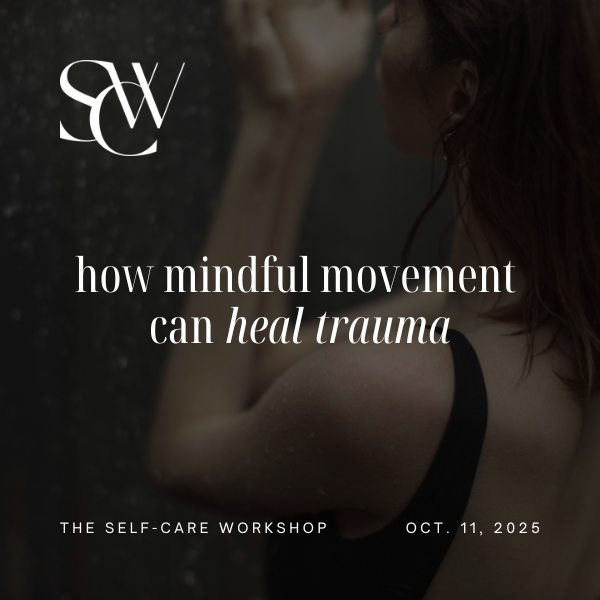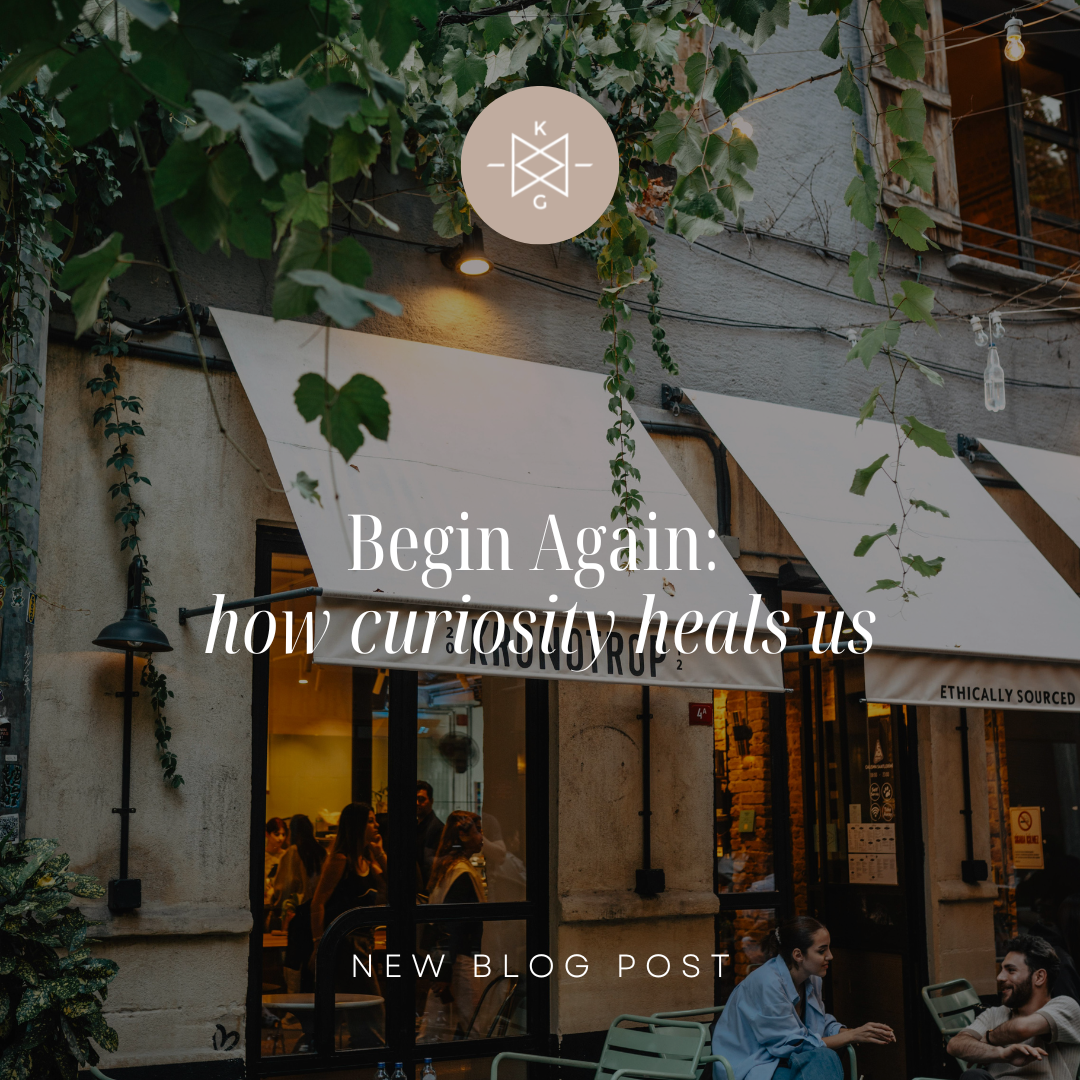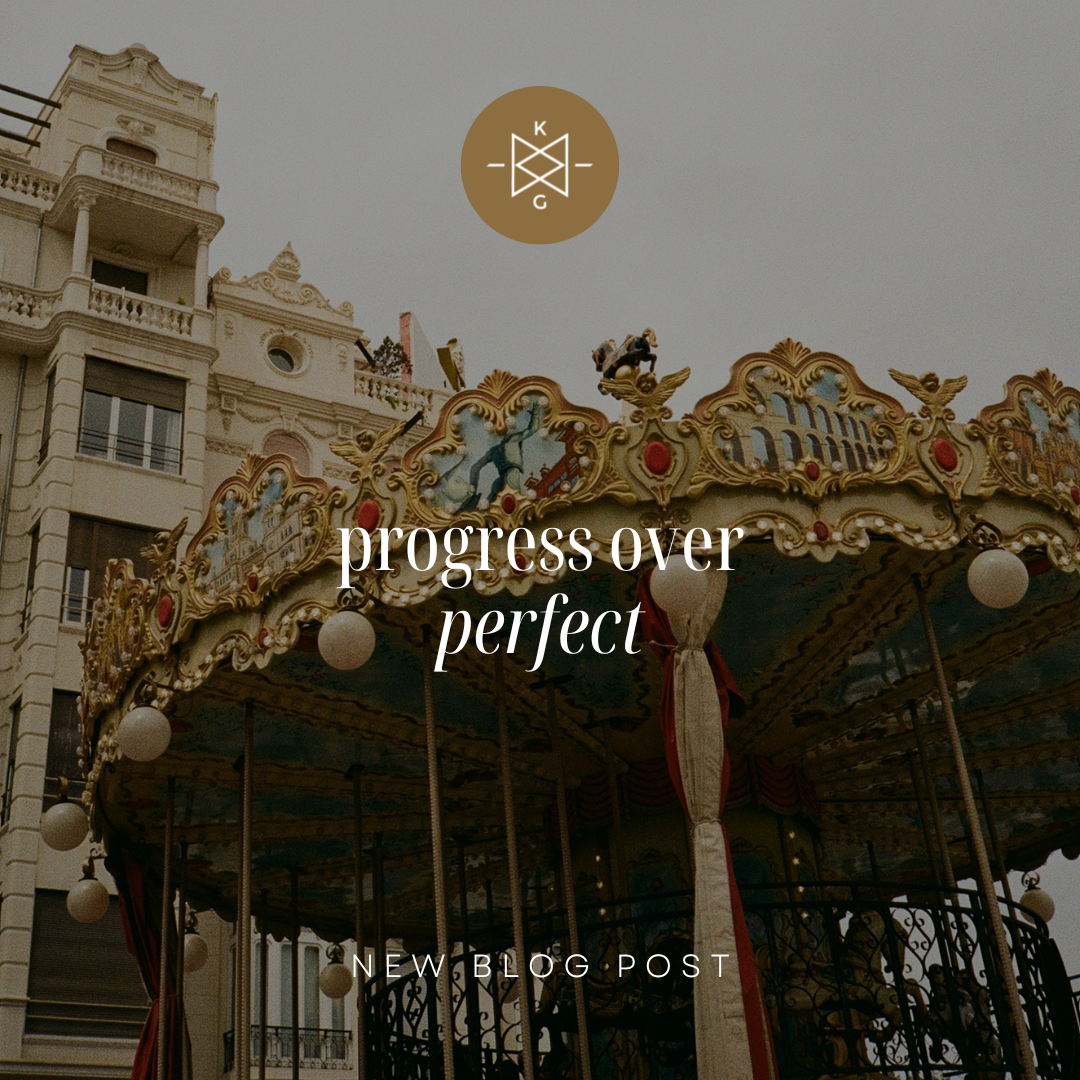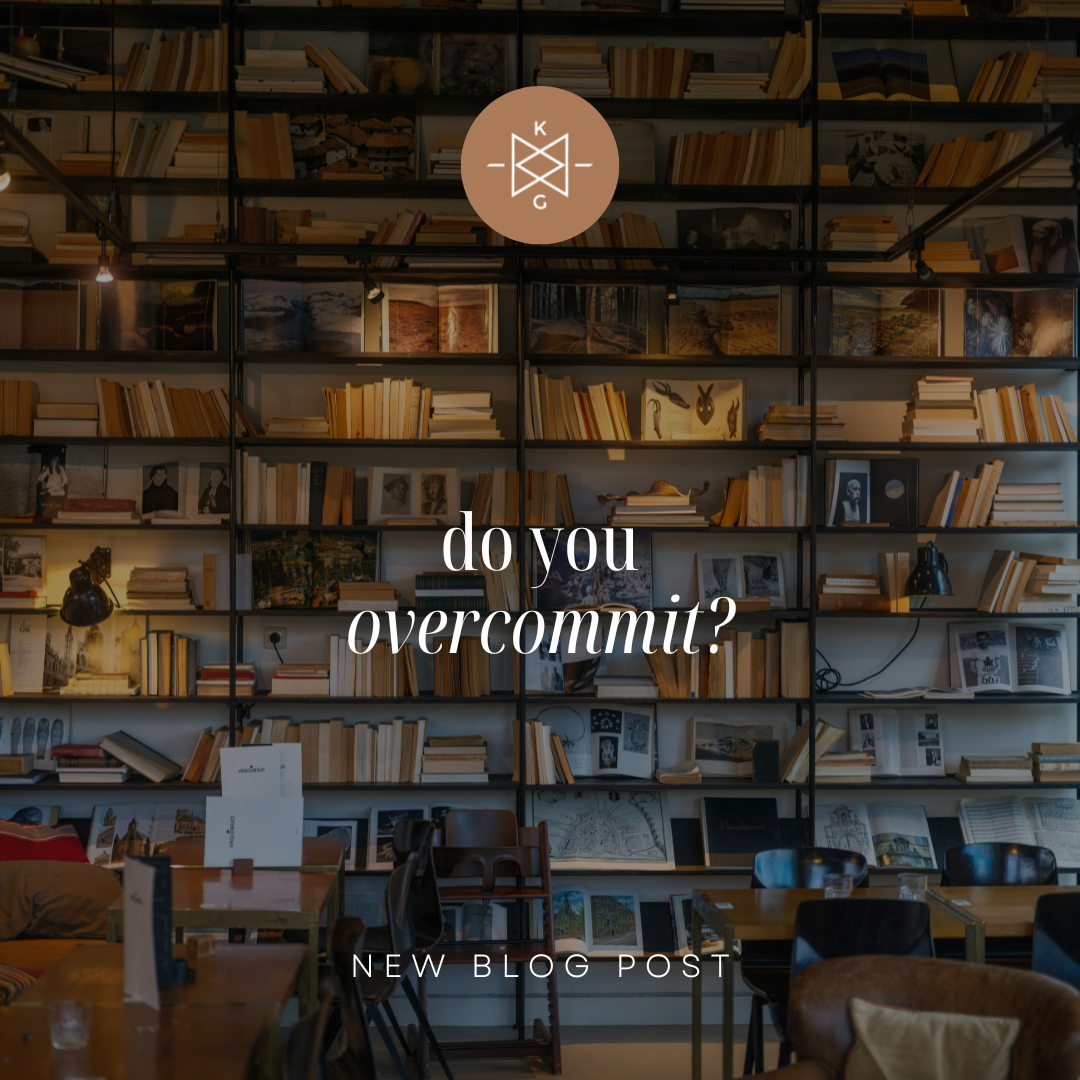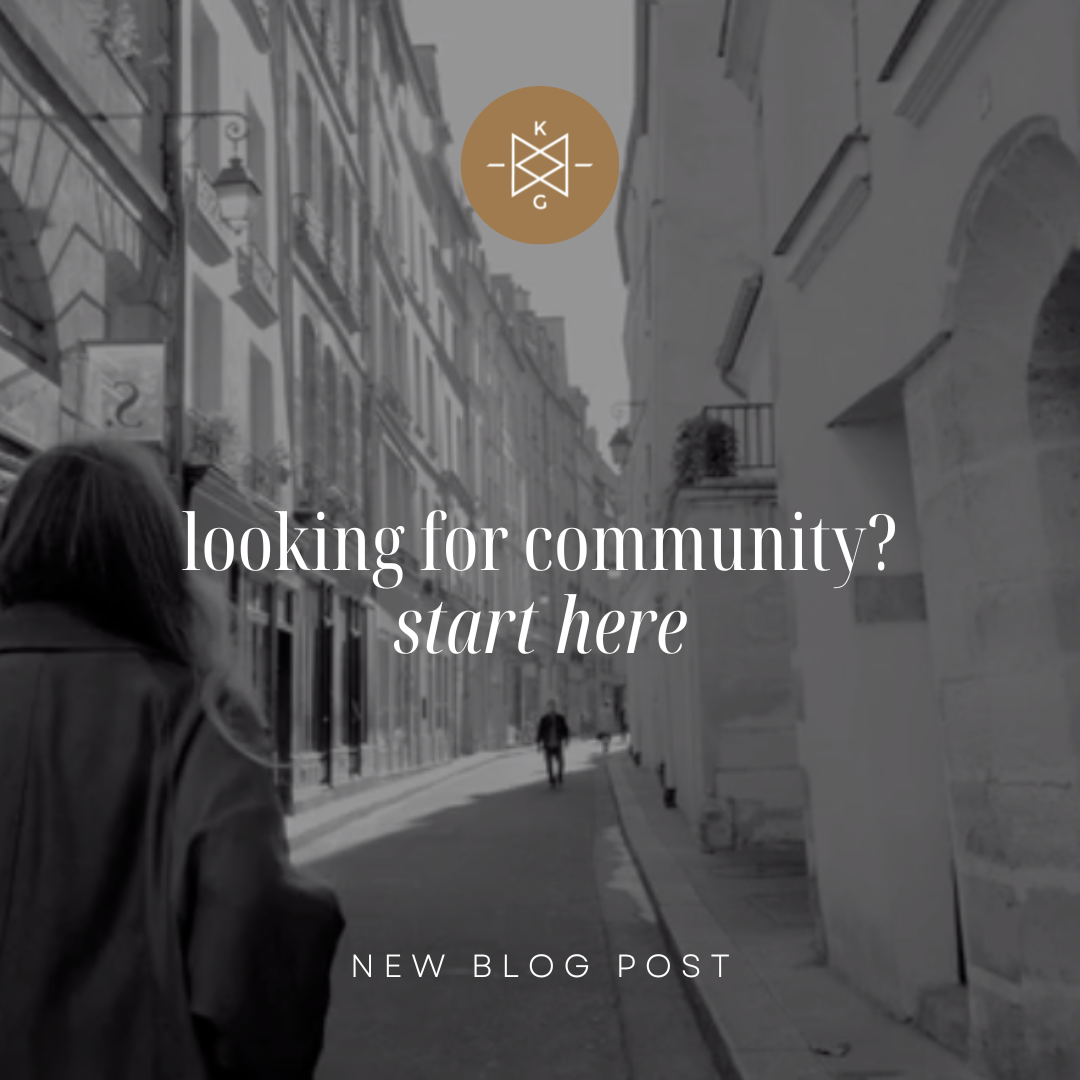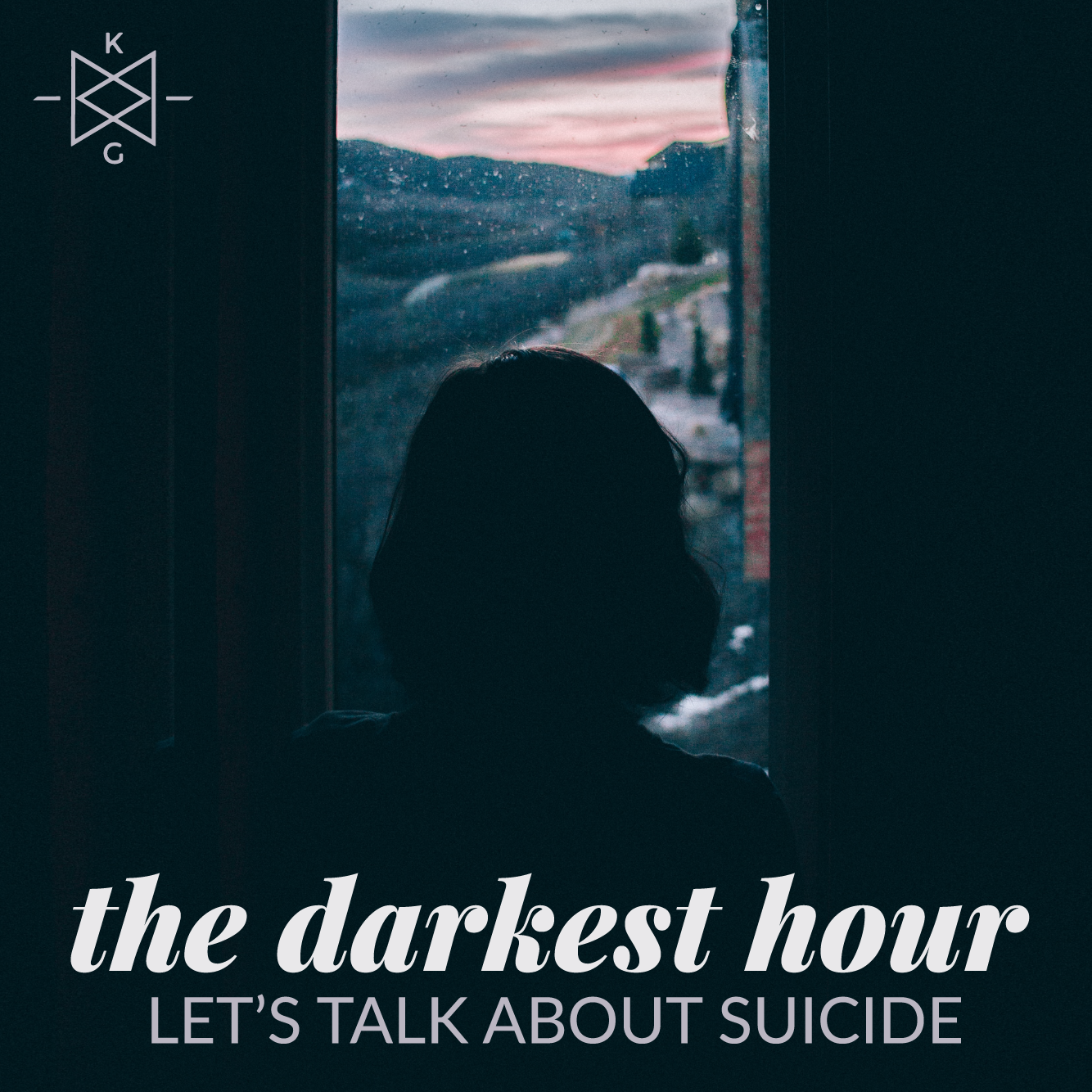
The Blog
Recently Featured
All Blogs
Why Meditation Matters...and you should be doing it
“Whatever is fluid, soft, and yielding will overcome what is rigid and hard. What is soft is strong.”
- Lao Tzu
Meditation is a game-changer. There are volumes of scientific research boasting all the reasons. I’m sure they are quite thorough and convincing, too.
However, today, I want to share from my heart and experience how meditation has and continues to change my life for the better.
This post is for all you fellow perfectionists, control freaks, planners, cardio-lovers, results-oriented, make-it-happen folks who feel 20 minutes of meditation sounds like a large helping of time-suck.
Oh, I know you…
About five years ago, I began noticing an overarching intense physical discomfort out of nowhere (or so I thought.) My throat and jaw locked up. My mid-back twisted in a knot. It became difficult to sing and speak, even in sessions with clients. Sleep became a distant wish.
As a health-conscious, avid exerciser who’d done her fair share of work in therapy throughout the years, I felt discouraged—and powerless.
After seeking out every alternative healing modality I could find, I noticed a subtle common theme emerge from acupuncturist, chiropractor, voice coach, energy healer, and therapist alike. Quite simply, their sage voices all harmonized in a singular chord. It was in the key of: RELAX.
I wasn’t depressed or anything. In fact, I was quite content. Yet I’d been running so hard on a treadmill of survival mode that had become my norm. My body, brain, and emotions formed a strike, actively rebelling against the grueling pace I’d had them on for decades.
Meditation has been my vehicle into this new world of rest, yet interestingly enough, it has also opened up my life in a new way, allowing for increased willingness and opportunities. Funny how that works.
Here are the three big reasons I think we should all be meditating:
1) We build more self-awareness and self-acceptance. Self-awareness is the biggest indicator of success in life, relationships, and work. However, we’re so busy (and often stressed) we don’t carve out the time to practice the stillness required to grow that necessary muscle of self-awareness. In my experience, I’d over-developed the muscle of self-criticism and judgment instead. Practicing meditation or other mindfulness exercises allows space to unlearn that harsh inner critic and grow the safe, neutral observer needed to bake in healthy self-awareness, compassion, and positive sustained change.
2) We release tension and toxins in our bodies that create long-term negative health effects. It was a lightbulb moment the day I made the connection between disease in our minds and bodies with literal “dis-ease” and tension we hold tightly within. This stress, or contraction, will eventually exacerbate, causing much bigger health concerns down the road unless we learn how to release it. Practicing meditation trains our bodies and minds to slow down and release that arthritic grip we unconsciously develop over time. Added bonuses include better sleep, mood, energy, and creativity that crop up as a result.
3) We begin to connect to our essence, or true self, as we become aware of unconscious habits. As we move from the false self (ego) to the true self (essence), we experience deep spiritual transformation. It’s letting go of fear in order to embrace openness to something greater than ourselves. We simply can’t do that if we are living out of our blind spots on autopilot. Over time, as we commit to a meditation practice, a natural byproduct becomes this relaxation of old programming and an exploration of the love and curiosity that’s been there from day one. We were born loving, open beings. We learned fear to help us survive. Yet, lasting positive change is rarely built on fear. We must create the precious space in our days to excavate that little person inside that desperately longs to be seen and known. She’s honest and wise beyond her years, too. Some people swear practicing meditation over time slows down aging. I can’t speak to that; however, I do believe connecting to the most loving and true parts of us inevitably lends a softer lens to whatever we may be facing in life. In this sense, we do recover that childlike part of us that sees more beauty in everything.
This fall, I can’t wait to embark on an 8-week meditation journey with you! Stay tuned for more on that and a deeper dive into the life-giving world of mindfulness.
Love & Gratitude,
Katie
The Darkest Hour...let's talk about suicide
“Hope is being able to see that there is light despite al of the darkness.”
- Desmond Tutu
Back in June, the world lost a dear soul to suicide. My community of friends and I lost a precious friend. I’m still reeling in the wake of his departure. All who know him are. He lit up every room he entered with sheer joy and delight. He made you feel like you were the only person on the planet in conversation. He made me, and all who had the pleasure of knowing him, want to be a better person. He was one of those people who, through and through, was good and true.
Every year in honor of suicide awareness week, I make a point to send out a conversation starter of sorts here on the blog to help break the silence of one of the most complex epidemics of our time. As someone who’s walked through long, dark corridors of chronic depression, I feel a responsibility to talk about it. After all, it’s a big reason I do what I do.
I hate these unfair reminders along the way, yet come back to what I know: we must be wakeful and proactive in our daily experience to those around us who are deeply hurting, if unsuspecting.
I’ve been pushed to the edge of this life in the throes of crippling depression and self-loathing—every inkling of hope photoshopped out. I didn’t have the rational mind to reach out during those times.
Thankfully, I had enough people around me who did and could carry my misguided heart into truth and light.
Left to my own devices though, I’m not entirely sure I’d be here today.
I’m certain you or someone you know has had a similar story.
In my rational adult mind, I’ve learned to practice (and love) asking for help. Hell, they’d know it all the way in Dubai in less than a minute if I stumped my big toe.
However, the fact is, depression (and mental illness at large) can be a fatal disease. This logical ability to reach out and “ask for help” simply isn’t baked in.
I’ve heard suicide described as a “selfish act.” I struggle with this sentencing because if it is in fact, a symptom of a crippling disease, I find it difficult to judge someone in this way who suffers from an impairment that gives them no other way out.
In my experience, I use this brand of diagnosis or judgment when I need certainty or understanding around something that really scares me.
In tennis, there are these things called unforced errors. They are missed points due to avoidable mistakes. I grew up binging on televised tennis tournaments with my big sister Kristen, who was a tennis champ herself. We bickered over clothes and material things a lot, but you better believe, when Wimbledon came around every year, we were strangely harmonious.
Andre Agassi (the crush of our lives as we knew it then) would barely miss a shot, double fault a serve, or get flustered by Pete Sampras’ clever drop-shot—fair enough. However, an unforced error was simply tragic, eliciting a loud, synchronized gasp from the entire poshly- dressed audience.
I think of suicide as the ultimate unforced error, the ultimate loss. Unlike the game of tennis, you can’t come back and redeem yourself in the next tournament. There’s no do-over.
It’s a permanent solution to a temporary feeling.
And we know that no feeling is final. You and I get the math here, yet for those who commit suicide, math doesn’t matter. In their minds, there is no other choice.
I wish I could land this plane with a redemptive thought, a happy ending, or some silver lining. I got nothing.
Yet here’s what I do have—a voice and a story. So do you. From my work on both sides of the couch in therapy, I’m convinced we must use both regularly and with intention. Shame begs us to stay quiet in our pain.
And believe me, you don’t have to have a history of major depression or mental illness to flirt with suicide. There are exceptions to every rule.
Take my friend for example. He was actively seeking support both in therapy and from his vast community of friends and loved ones. He was doing his work.
In light of these exceptions, we know that this epidemic requires more open dialog about what's going on with those who care because the less loneliness and despair we feel in our pain, the less likely we will act out of our broken narratives.
Do me a favor: write down your story as it reads today. The good, the bad, and the ugly. Don’t stop there. Courageously share it with a trusted friend or therapist. Also, let’s be awake in your daily experience to others’ pain or inconsistencies. We must ask thoughtful questions in order to fully understand.
Knowing your story and those of loved ones connects us. The strange yet binding connective tissue of those stories?—our pain and human frailty.
I believe we have the privilege and responsibility to edit and change our stories. If this feels impossible, I’ll stand in the gap for you. I’ve been in that terrifying prison. And I’m so grateful I get to do what other’s have done for me. Together, let’s write something new.
Love & Gratitude,
Katie
P.S. Looking for a safe place to share your story and build community? Click here for an opportunity to do just that.
Labor of Love...the highs and lows of pregnancy
“Try not to resist the changes that come your way. Instead let life live through you. And do not worry that your life is turning upside down. How do you know that the side you’re used to is better than the one to come?””
- Rumi
As I move through these precious (and uncomfortable) last days of pregnancy, I’m full of a host of emotions (read: hormones). I’m equal parts excited and terrified. Yet the baseline I keep coming back to is gratitude…that is, on good days when I’ve gotten more than three or four hours of sleep the night before. I know, I know, welcome to my new impending reality.
Launching on this motherhood journey at 40 is many things, namely, humbling. So, I want to take a few minutes and share with you what I’ve learned from that place of vulnerability.
Don’t worry, you don’t have to be a mom, a woman, or 40 years old to identify with what I’m about to share. Hopefully though, you’re a person who longs for expansion and growth…or simply…more.
1) Peace isn’t the point
Before I lose you from the start, let me explain. When I meet with clients for the first time in my office, we go over a stack of paperwork. It’s standard, boring, yet helps provide structure, history, and goals for the work we’re about to dig into. Guess what the most common statement I read in that “goals section” is?
“To find more peace.”
And believe me, I get it.
Here’s the deal though. Expansion and growth are by nature uncomfortable. There’s a constant cycle of contract—release, or two steps forward—one step back, involved. In a literal sense, pregnancy is perhaps the most beautiful and frustrating example of this. As I sit and write this, the left side of my body is screaming at me. Twenty extra pounds, an aching back, swollen ankles, and blazing Nashville heat are anything but “peaceful” at nine months pregnant.
So why does the human race continue to multiply if what we really want is peace, yet the human experience is full of discomfort? I think it’s because we want something more than “peace” in a traditional sense. We want meaning. We want purpose. We want joy. If we equate peace with an absence of pain and healthy tension in our lives, we will merely exist to numb the movements of life itself.
Wakefulness requires perseverance. Only through that perseverance can we touch pure joy. Despite my longing for more shut-eye right now, joy can’t be experienced when we’re numb and asleep.
2) Direction matters
A very wise friend of mine gave me some good advice once when I was grappling with a big decision. He asked me this question: “If you choose this path, are you running towards desire or running away from fear?”
Mic drop, much? I told you, he is very wise.
Comfortable in the controlled routines of my late 30’s life, I honestly could’ve been happy with or without kids. When I started down the fertility path a couple of years ago, I was always on the fence, unsure of how badly I wanted to disrupt the flow of a life that for the first time in many ways felt grounded—safe.
With a history of depression and body image issues, I had finally come to a place of self-acceptance and regulation. Did I really want to chance all that and bring another human being into my mess? Did I really want my whole life to be turned upside down, even if the cause was something so sweet and beautiful as a precious child?
I kept coming back to a resounding “yes.” That safety and control I thought I had was smoke and mirrors. It was really me just running away from fear.
I can’t wait to meet my son any day now. It still doesn’t seem real. Love is about to take on a whole new meaning and I can only imagine the ways it will continue to grow and humble me.
Desire is messy. Creation is also messy. Yet you and I were made to make stuff. Let’s be in this mess together and have something to write home about, yes?
Love & Gratitude,
Katie
Picture This...Why Visualization Works
“Logic will get you from A to B. Imagination will take you everywhere.”
-Albert Einstein
By the time we turn 35 years old, 95% of who we are is a set of memorized behaviors, attitudes, beliefs, perceptions, and preferences. Yowza. This means, you and I, as clever as we are, will walk through life unconsciously programmed to behave a certain way every single day.
That is unless we decide to wake up and choose what it is we really want for our lives. Something I’ve learned as a therapist and serial self-improvement advocate, is the biggest obstacle in this process isn’t the actual change in behavior, it’s knowing and crystalizing what we want and why.
When asked, “what do you really want for your life?” do you have a precise, accessible answer?
I’m not talking generalized ideas here. I’m talking the full play-by-play, detailed description of the day including what you’ll eat for breakfast kind of answer.
Why bother? Great question.
Getting clear on our daily and long-term intentions matters. Research shows that our brains don’t know the difference between imagination and reality. Meaning, we can rehearse mental pictures of ourselves achieving a certain goal, receiving an award, having a loving relationship, etc., and the neurons in our brains will fire in the same way they would if these outcomes were taking place in reality.
As a big-picture thinker, I’m becoming convinced details matter.
So how do we gain clarity on our own intentions? One of the best practices around is visualization. It’s not a woo woo, baseless tactic, either. It’s supported by substantial scientific evidence and practiced by successful people everywhere from professional athletes, musicians, actors, and thought leaders.
Visualization is simply a technique for creating a mental image of a future event. It primes our brain and overall biology to behave in the necessary ways that match our desired outcome. In the same way practice makes us better, visualization, or mental practice, gets us closer to the goals and desires we hold for ourselves.
The older I get, the more wakeful I want to be in my own experience. I don’t want to live out of old programming. I want to create the most beautiful, vibrant, inspired life possible. I believe one of the most powerful ways to do this is through preparation and practice. Visualization provides the perfect platform for which to do both.
My favorite part about visualization is it’s a powerful tool in making the unconscious conscious. Remember that 95% statistic earlier? In order to wake up and choose something different, we must get crystal clear on what it is we want to create.
Here are a few other reasons this stuff works:
1) It jumpstarts your creative subconscious which alerts you to otherwise unforeseen creative ideas needed to achieve your desired outcome.
2) It programs and provides infrastructure for your brain to identify what it needs in order to achieve this goal.
3) It creates and sustains motivation over time in order to take consistent action in achieving your desired outcome.
4) It activates intention and focus which attracts the resources needed in order to complete the goal.
Rest assured. Your desires are vitally important, especially as they pertain to finding purpose and creating the life you want. The science behind visualization encourages me in that half the work involved in creating beautiful change in our lives is indeed, an inside job. We don’t have to wait for the stars to align in order to start. Today, it begins, on your watch and the canvas of your imagination.
Love & Gratitude,
Katie
